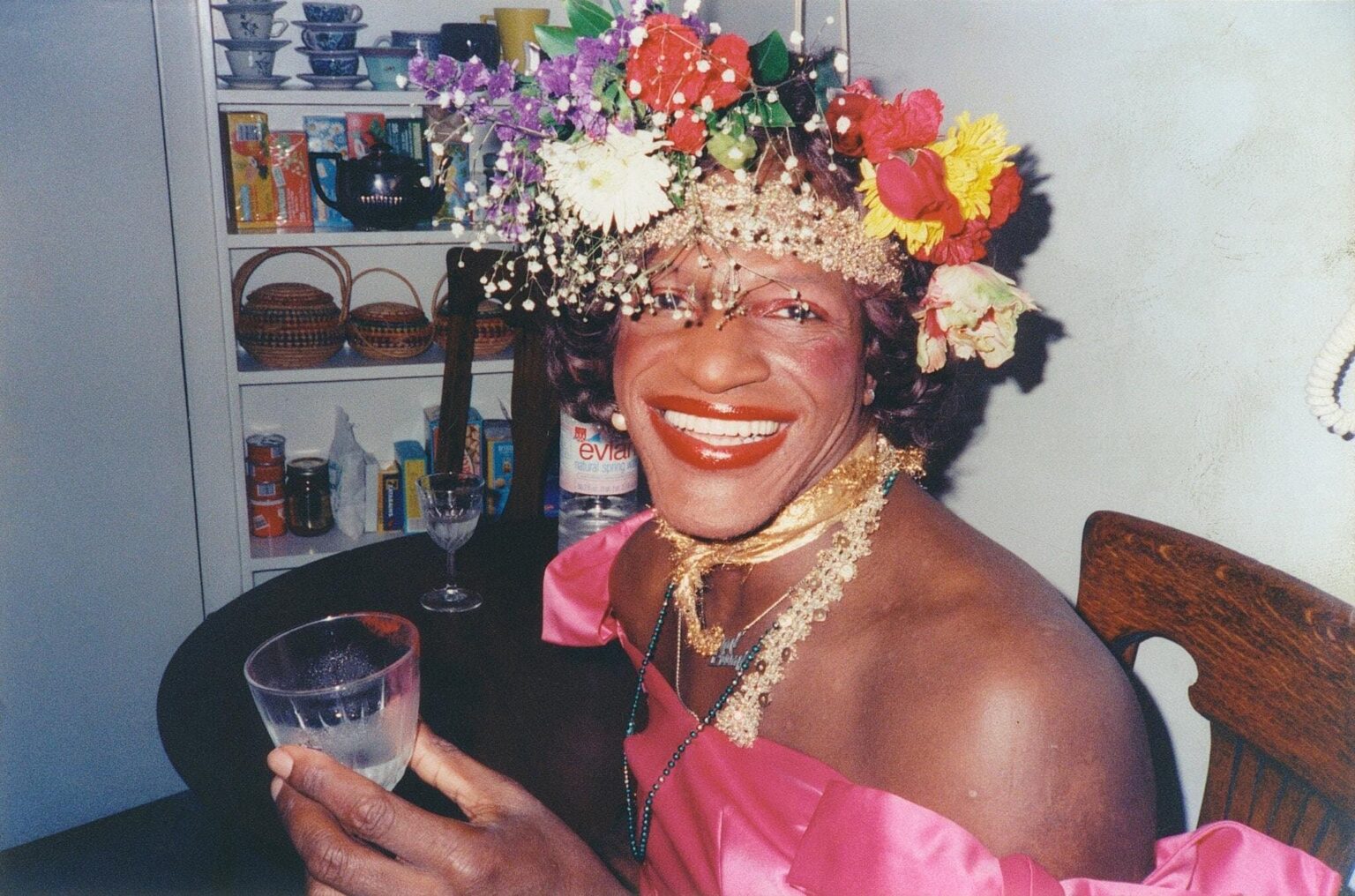
Pride Month 2020: Remembering activist Marsha P. Johnson
As Pride Month draws to a close, let’s remember how far the LGBTQ community has come since the Stonewall Riots of 1969. Marsha P. Johnson was one of the main figures if the Stonewall Riots and an outspoken advocate for gay rights. After graduating high school, Marsha moved to New York City and become a pivotal force in gay history.
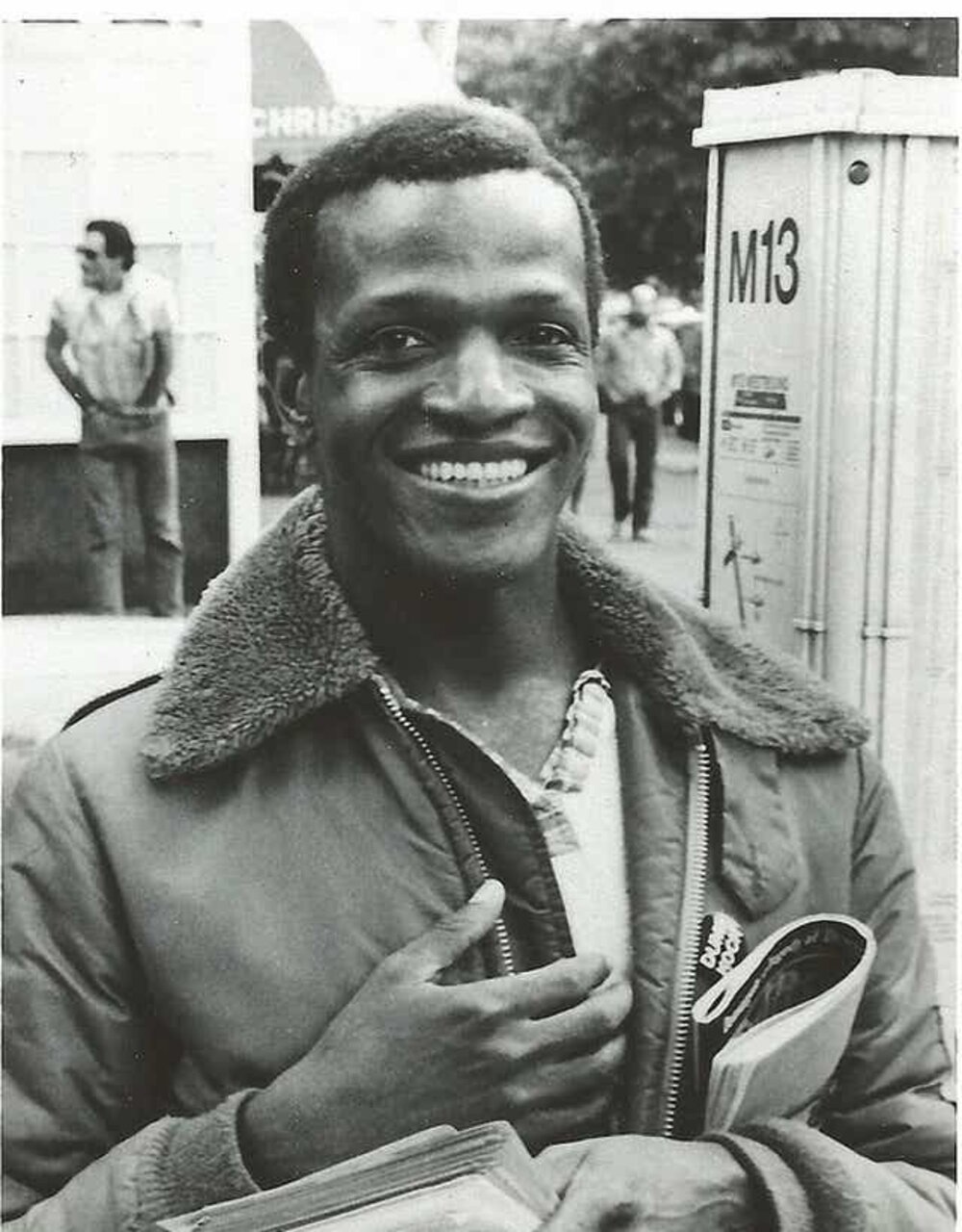
How did Marsha P. Johnson start out?
Marsha was born Malcolm Michaels Jr. in 1945 to a factory worker and a housekeeper in New Jersey. Never feeling accepted in New Jersey, Marsha left for New York City with nothing but $15 and a bag of clothes. Marsha found it possible to come out as gay after meeting other gay people in New York. There she took on the moniker Marsha P. Johnson. The “P” stood for “pay it no mind”, referring to gender.

Marsha P. Johnson was the non-conforming avant-garde
Marsha was gender nonconforming and had a casual style of drag. Her outfits often included a crown of flowers made from leftovers found in the Flower District of Manhattan. Marsha portrayed the “interstice between masculine and feminine”, wearing both long pants and feminine wigs. Marsha also performed in a number of drag troupes like the Hot Peaches and the Angels of Light.
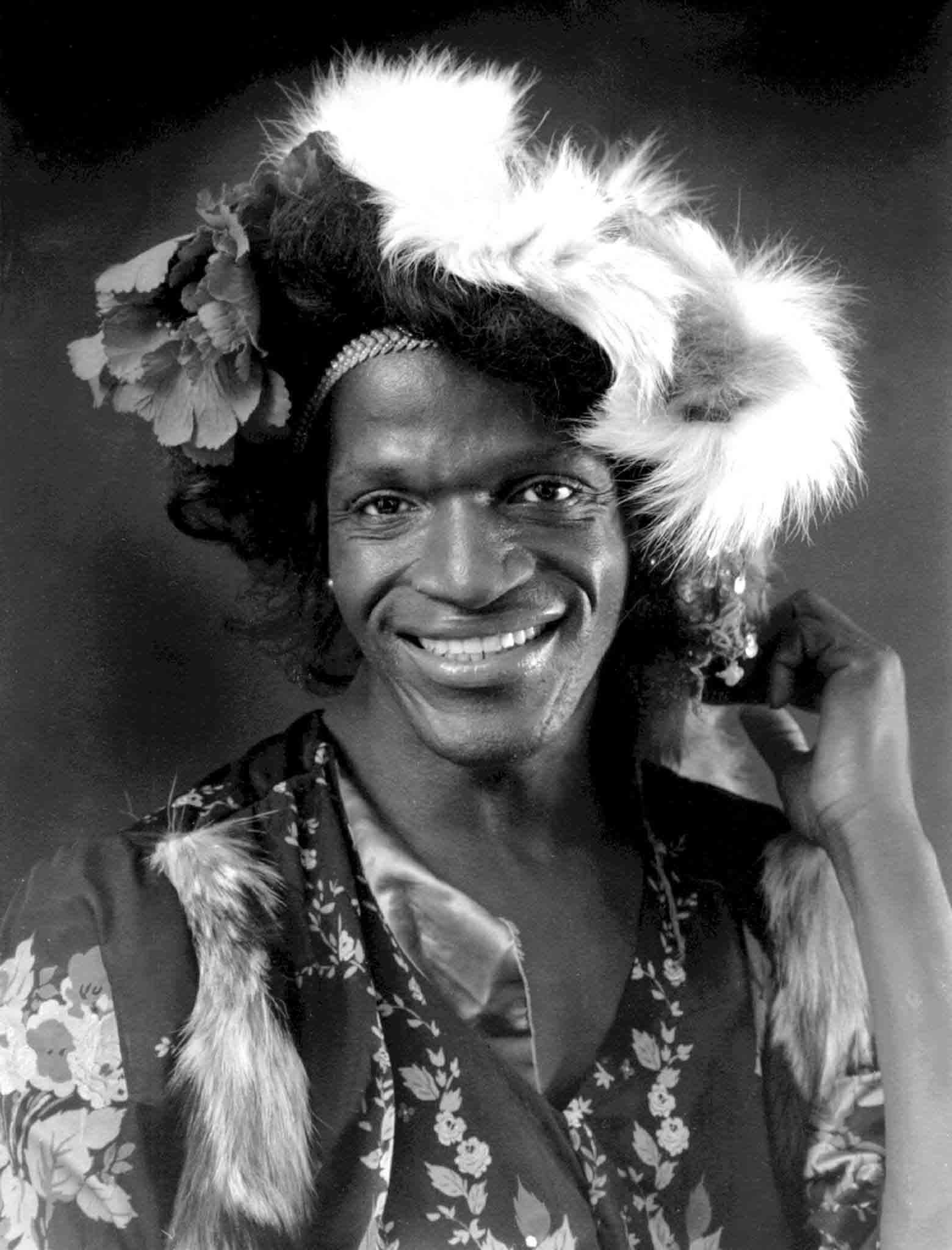
Marsha P. Johnson brought drag to the Stonewall Inn
Marsha was one of the first drag queens to go to the Stonewall Inn when their rules were changed to allow women and drag queens access. In 1969, the Stonewall Inn was the only gay bar in New York City; it was frequented by police once a week who would pick up envelopes of cash payoffs. On June 28th, 1969, police stormed the Stonewall Inn, initiating the first night of the Stonewall Riots.
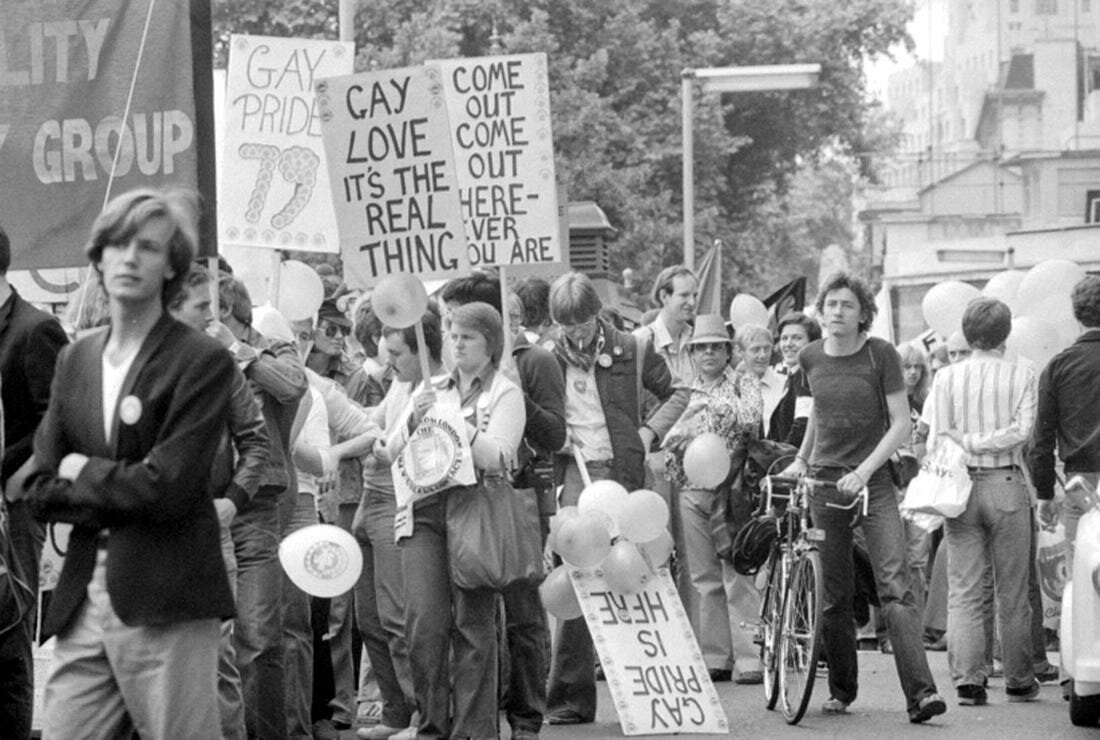
The Stonewall Riots were born from the passion of Marsha P. Johnson
It’s reported that Marsha threw a shot glass at a mirror before screaming “I got my civil rights” while a woman was being escorted out of the Stonewall Inn. This ignited a mob that formed inside the Stonewall Inn: they circled the police and blocked off their exit. Some of the crowd exited the venue and began to flip over a police wagon and slash its tires.
As the night escalated, the mob lit a garage on fire and began throwing projectiles. Eventually, New York’s Tactical Patrol Force showed up. The riot continued until 4 a.m.; thirteen were arrested that night, but as the dust settled on the night and the day grew old, a second night of rioting started on Christopher Street.
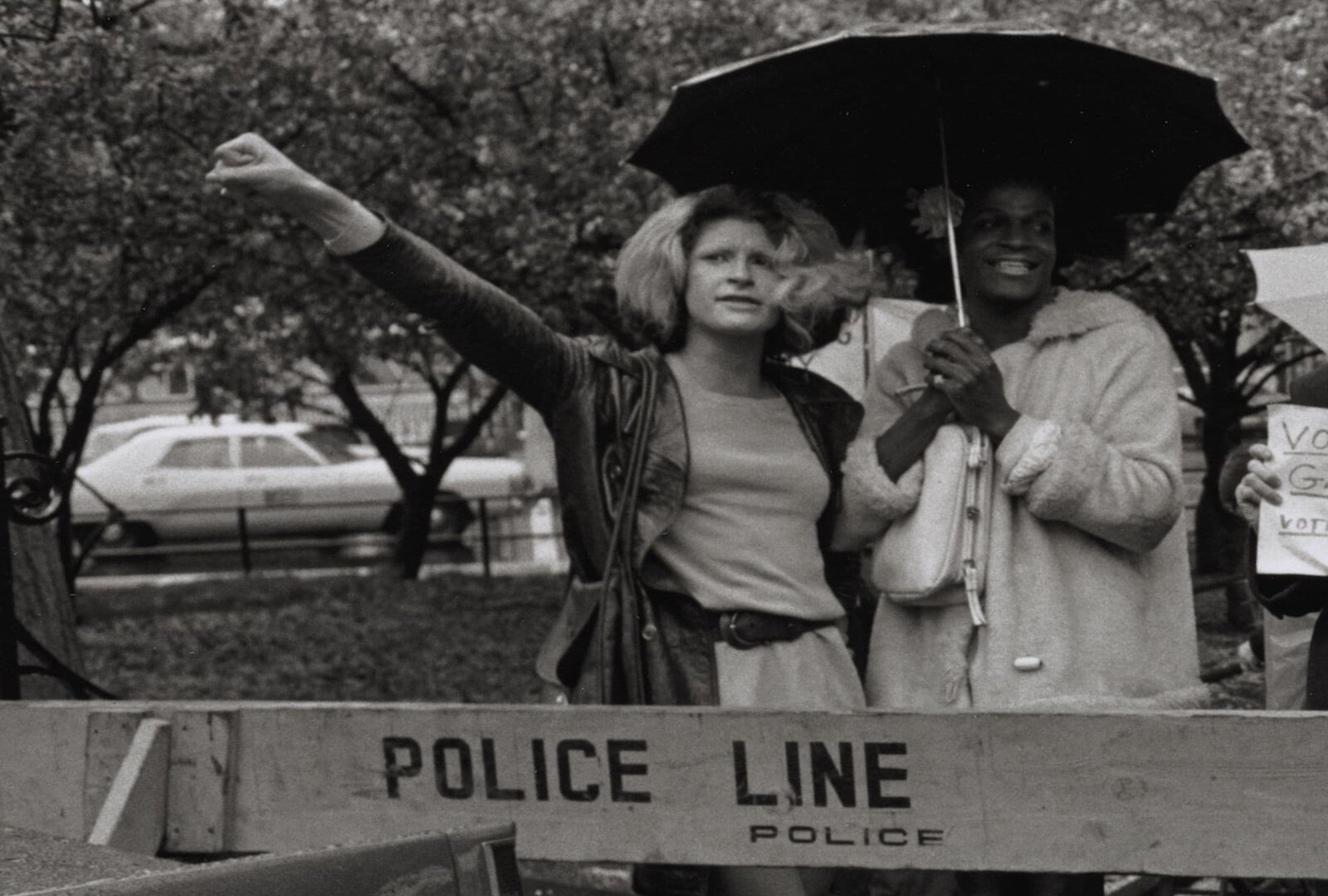
The second night of rioting: Marsha P. Johnson in full force
This time the riot was outside of the Stonewall Inn. Thousands gathered on Christopher Street to openly support the gay community or come out as gay. That night, Marsha was responsible for dropping a bag of bricks on a cop car, shattering the windshield. While the chaos continued, men took the opportunity to openly show each other homosexual affection in public, shocking bystanders.

Rioting bred a vibrant activist life for Marsha P. Johnson
After the Stonewall Riots, Marsha joined the Gay Liberation Front and participated in the first Christopher Street Liberation Pride rally on the anniversary of the riot. Marsha also went on to cofound the Street Transvestite Action Revolutionaries (START) organization, which provided housing & support for homeless queer youth.
In the 80s, Marsha continued her activism by supporting ACT UP, a grassroots political group working to end the AIDS pandemic through direct action, treatment, research, and advocacy.

The untimely death of Marsha P. Johnson is still unresolved
Unfortunately, Marsha suffered from mental breakdowns and possible schizophrenia towards the end of her life. These great deeds would be met with a sad fate, as Marsha tragically turned up floating in the Hudson River in 1992 at only 46 years old.
At the time it was unclear if suicide or accident was to blame. Marsha’s friend Randy Wicker attested that Marsha was increasingly sick & fragile at the time of her death. Wicker pointed out it was possible Marsha was hallucinating when she fell into the river. Suicide was ruled out, but the possibility of homicide still looms over the case.
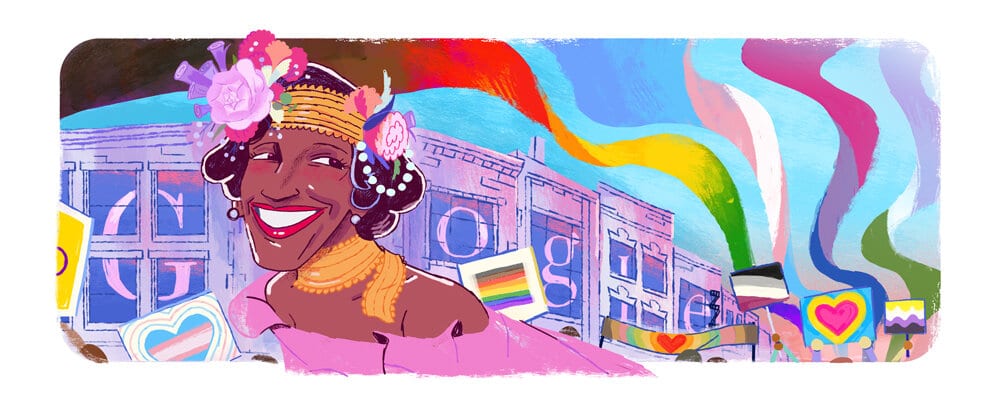
Marsha P. Johnson’s death was not in vain
The night of her death there was an altercation between Marsha and a resident in the neighborhood. People later overheard the man in question bragging that he killed a drag queen, but police were uninterested in witness accounts. The case was mostly forgotten until a number of politicians & activists began to demand that it be reopened.
Mariah Lopez was the first activist that successfully reopened Marsha P. Johnson’s case in 2012. This was followed by Victoria Cruz who opened the case again in 2016 and provided research for the 2017 documentary, The Death and Life of Marsha P. Johnson.
—
Thankfully, Marsha P. Johnson continues to stand as a testament of gay activism and a bright chapter in gay history. Marsha’s spirit has only grown and spread to another generation of young LGBTQ individuals paving the way to acceptance and community among all mankind.







